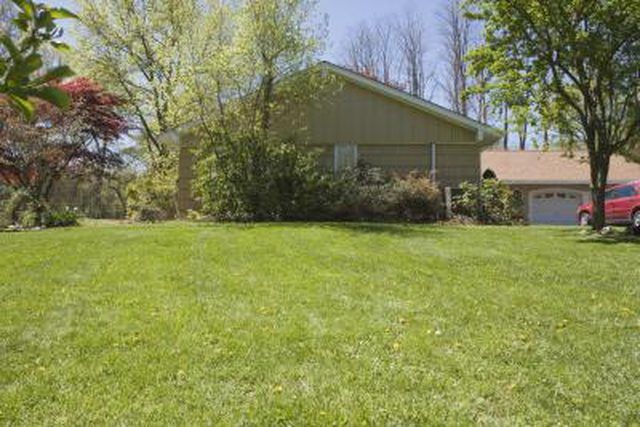Bulbs
Flower Basics
Flower Beds & Specialty Gardens
Flower Garden
Garden Furniture
Garden Gnomes
Garden Seeds
Garden Sheds
Garden Statues
Garden Tools & Supplies
Gardening Basics
Green & Organic
Groundcovers & Vines
Growing Annuals
Growing Basil
Growing Beans
Growing Berries
Growing Blueberries
Growing Cactus
Growing Corn
Growing Cotton
Growing Edibles
Growing Flowers
Growing Garlic
Growing Grapes
Growing Grass
Growing Herbs
Growing Jasmine
Growing Mint
Growing Mushrooms
Orchids
Growing Peanuts
Growing Perennials
Growing Plants
Growing Rosemary
Growing Roses
Growing Strawberries
Growing Sunflowers
Growing Thyme
Growing Tomatoes
Growing Tulips
Growing Vegetables
Herb Basics
Herb Garden
Indoor Growing
Landscaping Basics
Landscaping Patios
Landscaping Plants
Landscaping Shrubs
Landscaping Trees
Landscaping Walks & Pathways
Lawn Basics
Lawn Maintenance
Lawn Mowers
Lawn Ornaments
Lawn Planting
Lawn Tools
Outdoor Growing
Overall Landscape Planning
Pests, Weeds & Problems
Plant Basics
Rock Garden
Rose Garden
Shrubs
Soil
Specialty Gardens
Trees
Vegetable Garden
Yard Maintenance
How to Kill Nimbleweed
How to Kill Nimbleweed. Nimbleweed, or nimblewill, has a tendency to overtake a lush, grassy yard with its thin, spindly leaves. A perennial grass, it emerges every spring like clockwork. Because of nimbleweed's similarity to traditional grass, it survives treatment from typical herbicides and pre-emergent weed killers. Effectively killing...

Nimbleweed, or nimblewill, has a tendency to overtake a lush, grassy yard with its thin, spindly leaves. A perennial grass, it emerges every spring like clockwork. Because of nimbleweed's similarity to traditional grass, it survives treatment from typical herbicides and pre-emergent weed killers. Effectively killing nimbleweed calls for the application of a general grass killer, which will destroy desired grass as well, requiring its replanting. Consider addressing the features of your lawn that encourage nimbleweed growth before replanting grass seed to reduce its recurrence.
Things You'll Need
General grass killer
Dirt
Soil pH test kit
Lime
Grass seed
Identify the sections of your lawn where nimbleweed is growing. Spray a general grass killer on the nimbleweed itself and 10 to 12 inches beyond it to ensure complete eradication. Wait the recommended time for your particular grass killer to take effect, killing the grass and nimbleweed.
Check the nimbleweed area for excess water in the soil, an environment that encourages nimbleweed growth. Fill in any low areas with dirt to reduce water retention and avoid repeat nimbleweed growth.
Test your soil with a soil pH test kit according to the instructions for your kit. If the test shows a low pH, mix lime with your soil to raise the pH and provide an inhospitable environment for nimbleweed.
Place new grass seed in the location of the dead grass and water it well. Keep the soil moist until the grass begins to sprout. Water it regularly to allow the grass to fill in completely.
Tips & Warnings
Kill nimbleweed during the late summer, if you live in a cold-winter climate, so the new grass has time to grow before winter.
Use caution when handling grass killer because it is toxic to humans and animals.